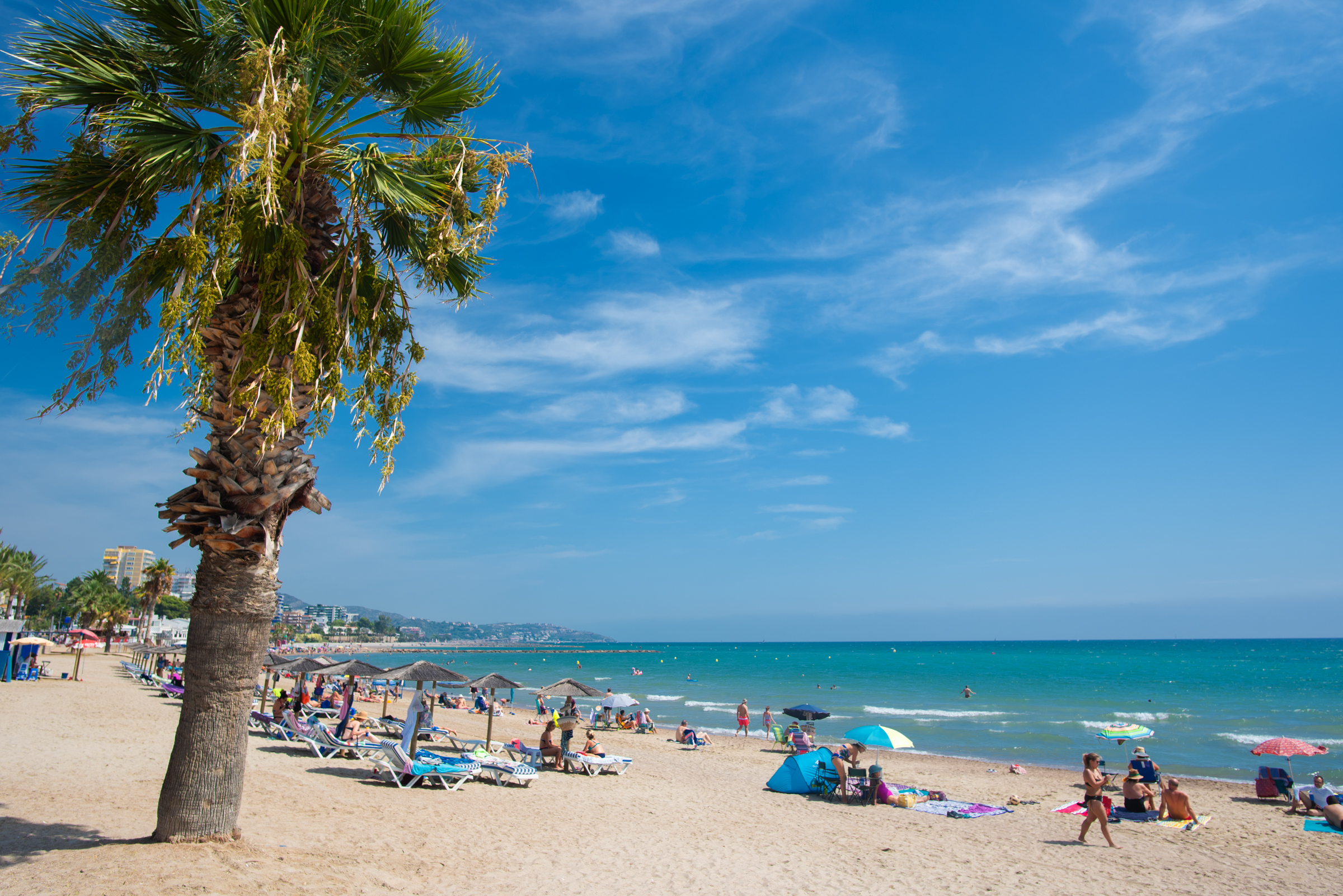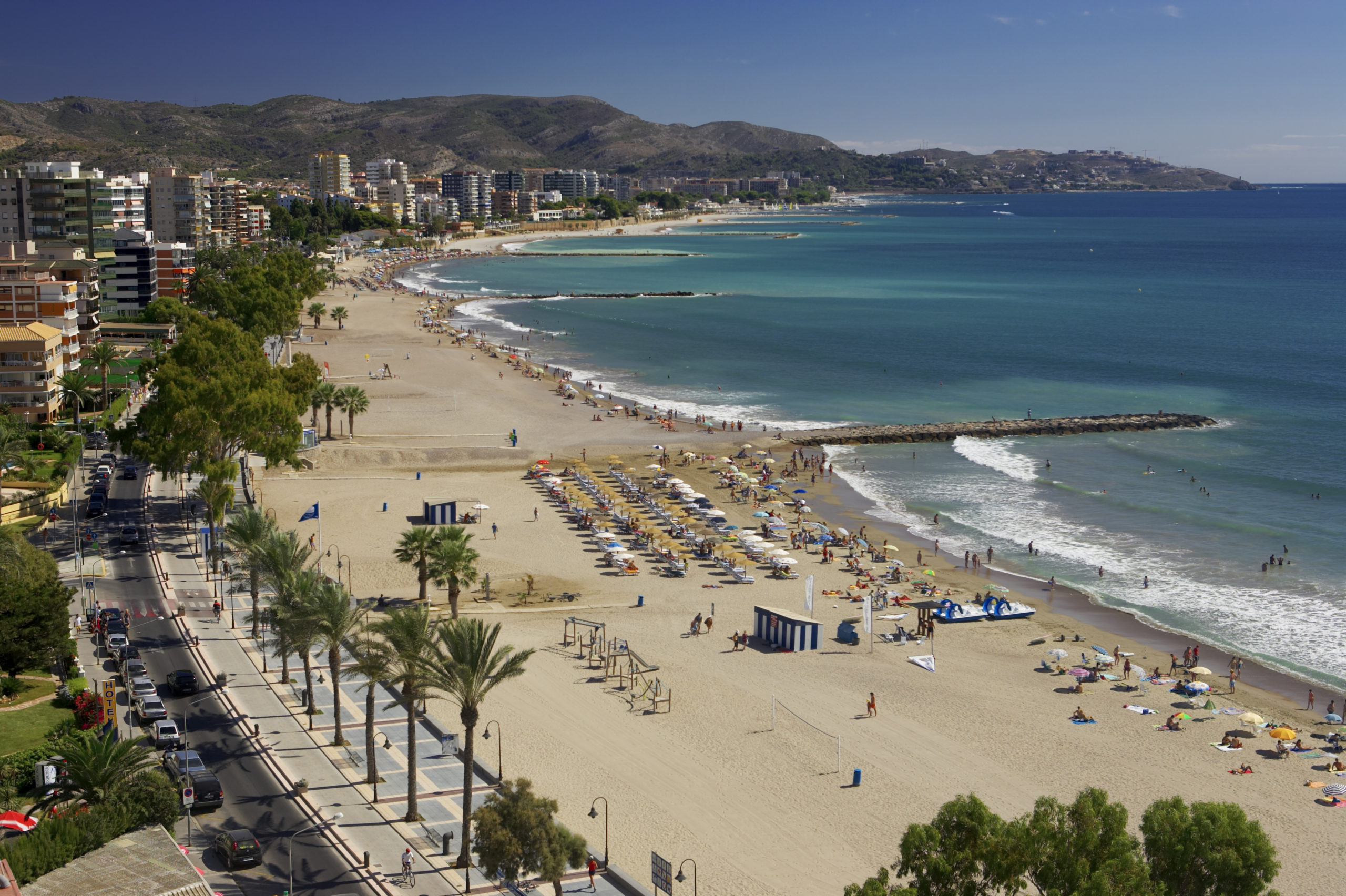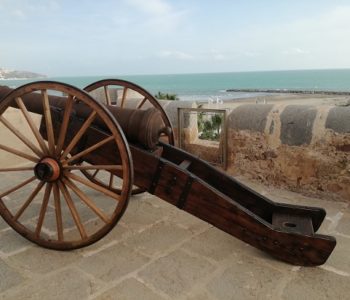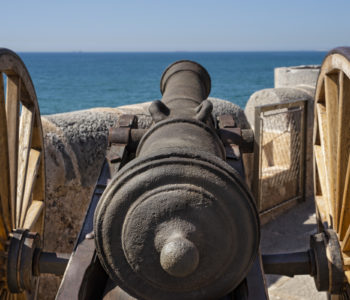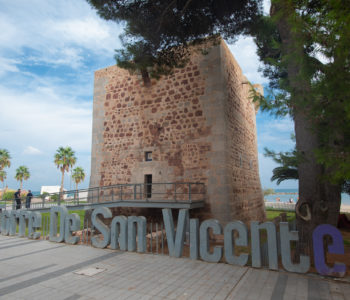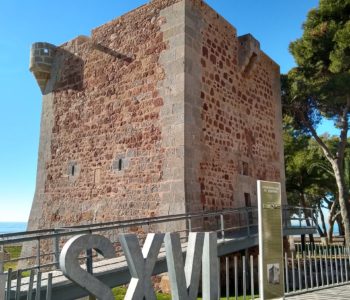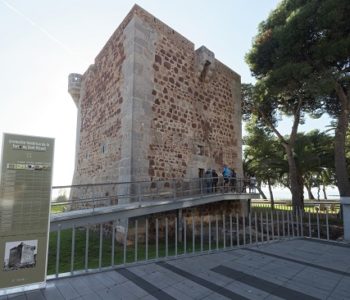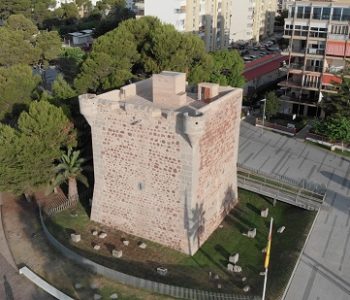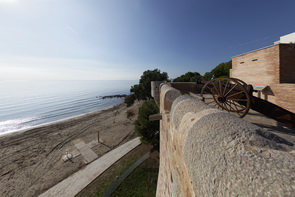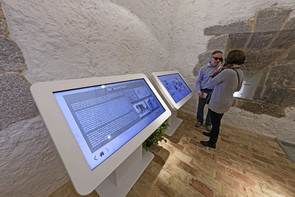History of
Torre de Sant Vicent
A defence system against piracy
The Sant Vicent Tower formed part of the group of 18 watchtowers that the coast of Castellón came to possess. It was built between 1597 and 1599 to strengthen the defence system of the so-called Olla de Benicàssim, which already had the Torre de Sant Julià to the northeast, as it was an easy landing area for corsairs and Barbary pirates.
The construction of this fortress put an end to the depopulation of the town caused by the insecurity derived from the attacks and made its Town Charter possible in 1603. The tower, whose name of Sant Vicente is documented at least as early as 1607, was once guarded by a garrison of five men (a warden, two soldiers and two atajadors), and was equipped with firearms and an artillery piece.
Architecturally, the tower shows construction elements typical of Renaissance fortifications: an outer slope, gun ports, loopholes, turrets and a machicolation over a raised gate. However, from its construction to the present day, the watchtower has undergone numerous alterations that have led to a series of transformations, both in the layout of its floors and its exterior.
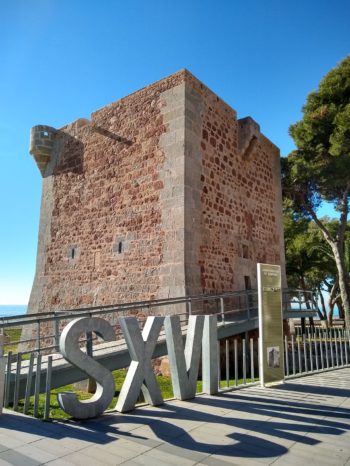
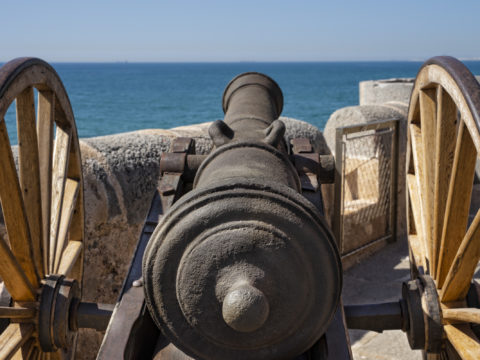
Main features of the building work
The tower has a square ground plan and an almost cubic volume, with a width of approximately 11.5 metres. These dimensions, including the slope, correspond to 54 Valencian palms, the measurement used in the 16th century. Its height is 13.5 metres.
The first part of the building has a solid base to prevent attackers from dismantling the ashlars and entering the fort. The outer faces are made of stone masonry with a mortar of lime, sand and gravel. Calcareous stone (grey in colour) was used for the corners, while the walls were mostly made of rodeno (local reddish sandstone). Here, too, some areas can be seen with chaining of larger stones.
Virtual Visit to
the Tower of Sant Vicent
Evolution of the Tower of Sant Vicent
More than four centuries defending our coasts.
In 1850, with the extinction of the Coastal Foremen Corps, the tower was then guarded by the Carabinieri Corps and, from 1939, by the Spanish Civil Guard. Finally, in 2004, it was acquired by the Benicàssim Town Council and the barracks were demolished.
Currently, the Tower of Sant Vicent is one of the best preserved in the Valencian Community, maintaining the imposing appearance it had since its construction. In 2001, it was declared an Asset of Cultural Interest by the Spanish Historical Heritage Law.
Gallery
Timetables and prices
HIGH SEASON (July & August).
Open every day from Tuesday to Sunday.
Mornings from 11 a.m. to 1 p.m.
Afternoons from 6 p.m. to 9 p.m.
MIDDLE SEASON (June & September).
Open every day from Tuesday to Sunday.
Mornings from 11 a.m. to 1 p.m.
Afternoons from 5 p.m. to 8 p.m.
EASTER
Open every day from Tuesday to Sunday.
Mornings from 10.30 a.m. to 1.30 p.m.
Afternoons from 4 p.m. to 7 p.m.
LOW SEASON (From October to May, except Easter).
Fridays and Saturdays: mornings from 10.30 a.m. to 1.30 p.m. and afternoons from 4 p.m. to 6 p.m.
Sundays and public holidays: mornings from 10.30 a.m. to 1.30 p.m. (afternoon closed).
(Last admission 30 minutes before closing time).
Closed: 1st, 6th and 17th January, 22nd September and 25th December.
GENERAL TICKET:
Adults: 3 €.
Senior citizens / Gent D'Or: 1,50 €.
Children from 4 to 12 years old*: 1,50 €.
School groups**: 0 €.
* General admission for children from 0 to 4 years old is free of charge. Children from 12 years of age pay the same as adults.
** School groups with a 0 price are understood to be school groups up to 16 years of age accompanied by at least one adult from the requesting school. In addition, the group must be made up of a minimum of 15 people, including accompanying adults.
Torre de Sant Vicent Interpretation Centre
1, Ferrandis Salvador Avenue
Tel. +34 964 766 814
centretorresantvicent@benicassim.org
Tourist Info Benicàssim
Phone +34 964 300 102
Download the brochure of the Centre d'Interpretació Torre de Sant Vicent in the following link: Brochure Torre de Sant Vicent Interpretation Centre
